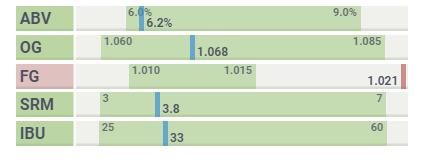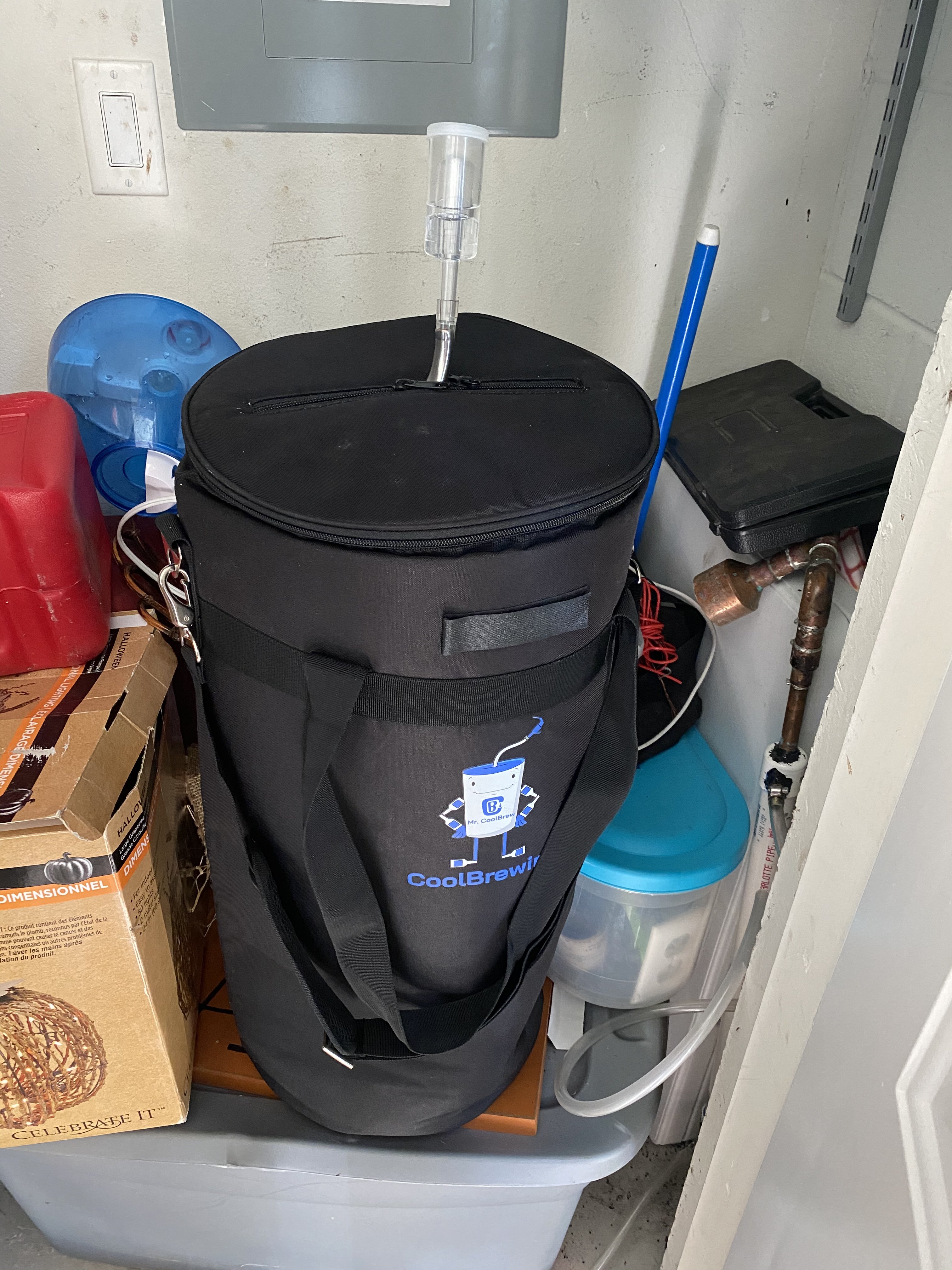Rogue_Atom87
Well-Known Member
- Joined
- Sep 3, 2020
- Messages
- 134
- Reaction score
- 27
Yeah I dont know why I had whirlfloc down in recipe. I removed that as not needed. After updating my equipment profile the FG drifted quite a bit. I have efficiency set at 70%. Not sure if 1.021FG will be ok based on this recipe. Below is what Brewfather was calculating


























![Craft A Brew - Safale S-04 Dry Yeast - Fermentis - English Ale Dry Yeast - For English and American Ales and Hard Apple Ciders - Ingredients for Home Brewing - Beer Making Supplies - [1 Pack]](https://m.media-amazon.com/images/I/41fVGNh6JfL._SL500_.jpg)

































